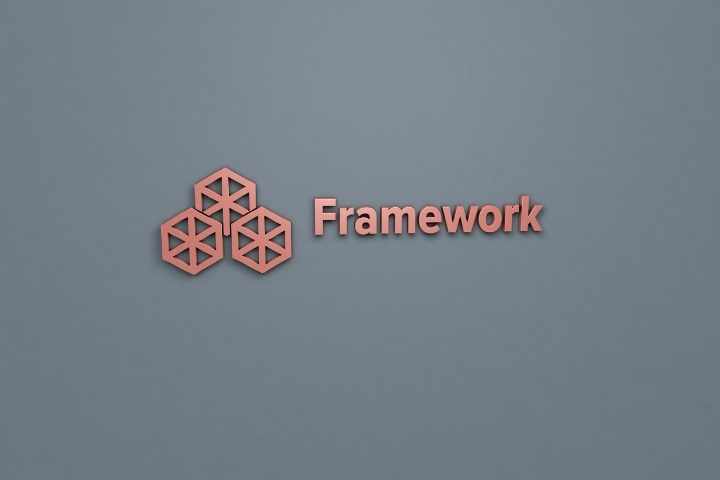One of the benefits of a microservice architecture is combining multiple programming languages within a single application. This allows you to select sets of technologies for the business tasks of its specific components.
Developers more often choose some languages and frameworks as the basis for microservice applications. Let’s take a look at some of them and find out why they are popular.
Go
Golang (or Go) was developed, taking into account the experience of the C and C ++ languages. In terms of its effectiveness, it significantly surpasses them.
Here are the main features of the language that make it attractive from a microservice development perspective:
- High speed of work. Those who switch to report a tenfold faster response time for most operations. The language is excellent for high-load applications with a lot of traffic.
- Robust concurrency support. Goroutines can be used to make the application interact with any number of services without blocking web requests. Compared to traditional threads used in other languages, goroutines require less memory and are not managed by the operating system but by the Go runtime. This improves the efficiency of using multiple cores for parallel tasks.
- Generation of small binaries. Go binaries are small and self-contained: a single binary file is generated, containing everything you need when building. This dramatically speeds up the construction of assembly lines.
- Excellent testing support. Go’s fast compile times, and testing tools make it easy to write robust tests and integrate them easily into workflows. This includes running tests as part of build pipelines without any particular configuration.
Golang Frameworks For Microservices: Which Ones To Choose
Let’s consider a few of them:
Gin And Echo
These are Go micro-frameworks for REST API development. They are the choice for projects requiring increased productivity, and both frameworks are characterized by lightness, inline rendering, and middleware support.
Beego
Fully featured RESTful framework for rapidly developing Go applications. They are designed specifically for modular development. Its architecture is based on several loosely coupled modules that can be used as needed, including independent web development in Beego, such as online games. Beego is suitable for any application and is capable of handling large volumes of traffic. However, for simple REST APIs, you should use a lightweight micro-framework.
GoMicro And GoKit
These are toolkits for building microservices in Go using RPC as the primary messaging pattern.
GoMicro is part of the Micro Cloud Development Platform, starting with Micro v3. Out of the box, there is service discovery, load balancing, built-in publish/subscribe capabilities, and message encoding.
GoKit also has many features for developing microservices or elegant monoliths, including authentication, service discovery, and integration with popular tracing and monitoring tools. However, if GoMicro positions itself as a platform, GoKit is more like a solution that integrates. Compared to GoMicro, GoKit is more flexible, but it has a higher entry threshold.
At the beginning of working with the Go ecosystem, many recommend avoiding RPC and using micro-frameworks (Gin, Echo), and moving on to GoMicro and GoKit later, when you have real experience of developing in Go. Some even advise to start with the Go net / HTTP library and turn to third-party frameworks only when specific tasks appear that cannot be solved by standard means.
Also Read: What Is A Firewall For?








